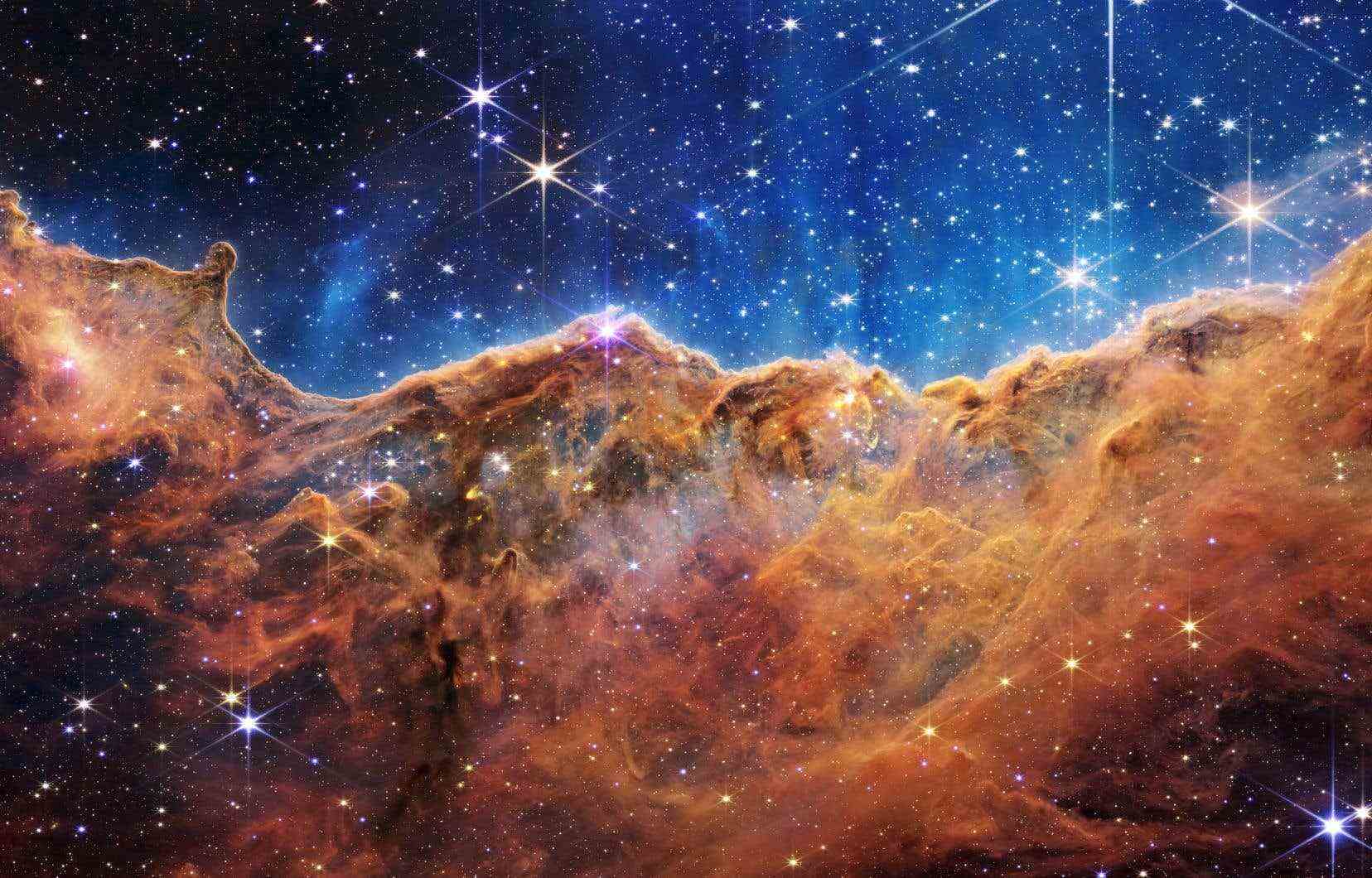After the first breathtaking images produced by the powerful new James Webb Telescope and the first successes of the Artemis lunar mission, humanity’s gaze is once again turning to the stars.
Canada has played a significant role in some of the flagship projects that have scientists dreaming again in 2022, and intends to continue this momentum in the years to come.
The James Webb Telescope, which sent its first dazzling images to Earth in July, has two Canadian components, and Canadian researchers are among those analyzing its findings.
“In just a few hours of data collection, the results far exceeded those of previous projects! said Nathalie Nguyen-Quoc Ouellette, Deputy Director of the Trottier Institute for Research on Exoplanets at the University of Montreal.
She noted that a team from the University of Toronto has discovered some of the oldest globular clusters ever, groups of millions of stars held together by gravity.
In the first months of 2023, researchers from the University of Montreal should also publish the first analysis of the TRAPPIST-1 system, which is home to seven Earth-like planets.
Direction Moon
NASA’s Artemis mission, which plans the first human exploration of the Moon since the 1960s, also reached important milestones this year.
The Artemis I flight, which saw the Orion spacecraft enter a lunar orbit, returned to Earth on December 11 without a hitch.
Next year, the Canadian Space Agency will announce which Canadian astronaut will join the crew of Artemis II, which is scheduled for launch in 2024.
The move will make Canada the second country in the world to send a human into deep space – beyond the dark side of our Moon – said Gordon Osinski, a professor at Western University in London, Ont.
Canadarm3, the successor to two previous robotic arms designed in Canada, will be launched in 2027 to join a space station in the Artemis program.
Meanwhile, Professor Osinski has been named principal investigator of Canada’s first-ever rover mission, which is due to land on the South Pole of the Moon in 2026. The craft will be created by the Canadensys Aerospace Corporation.
The Canadian Space Agency and the departments of Natural Resources and Environment have been promised $169 million in this year’s federal budget to launch and operate a new wildfire monitoring satellite, scheduled for 2028.
Canada is also cooperating with NASA on an atmospheric observation project that will collect data to anticipate extreme weather events.
Many Moon-related projects, including the rover mission, have received funding from the Lunar Exploration Accelerator Program, a five-year, $150 million fund that scientists like Professor Osinski hope will be renewed.
“I would hate if we had all these moon missions in the next two, three years and that was it, and then we kind of went back to square one,” he said.
The federal Liberals’ space strategy, released in 2019, committed Canada to remaining a space nation and recognized the importance of space as a “national strategic asset.”
